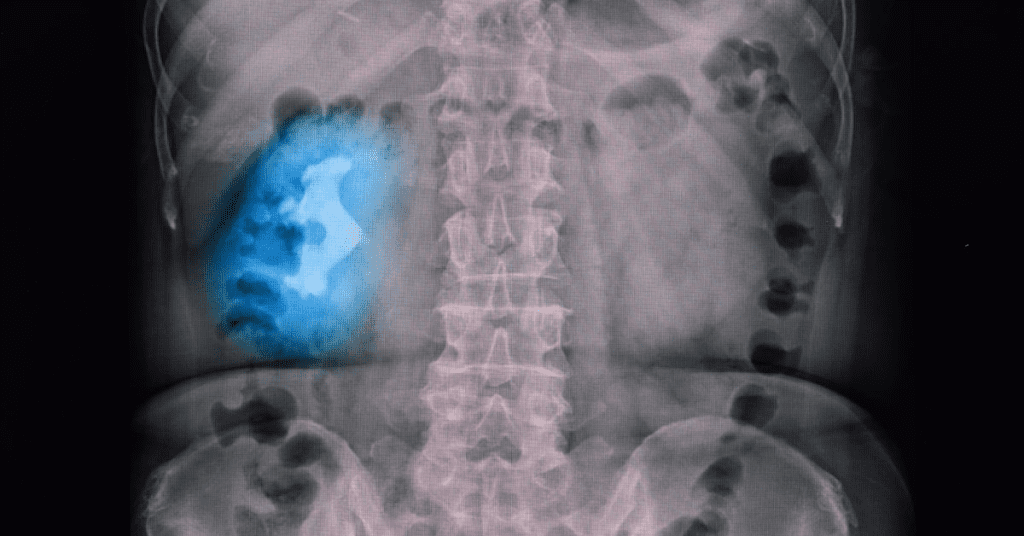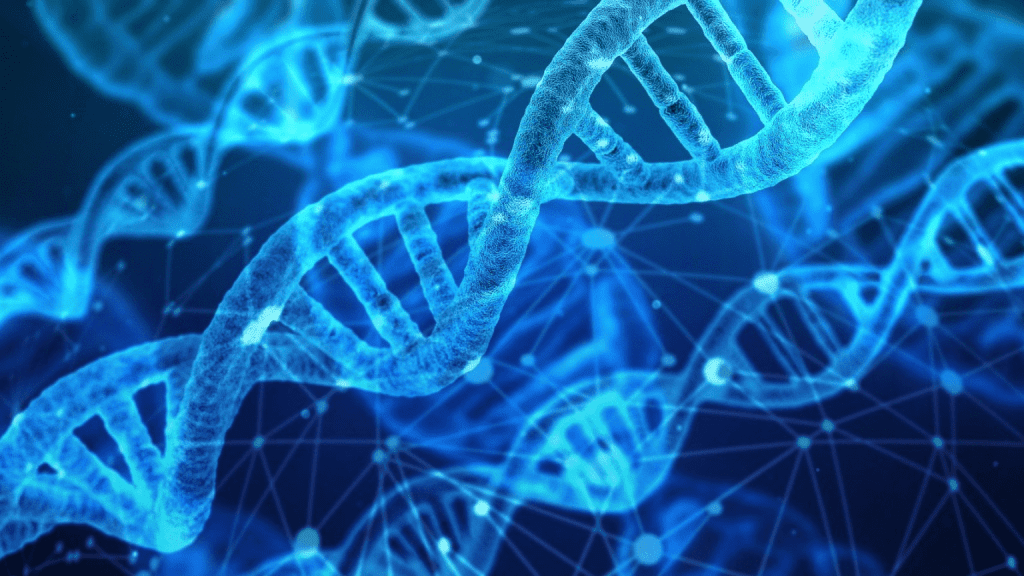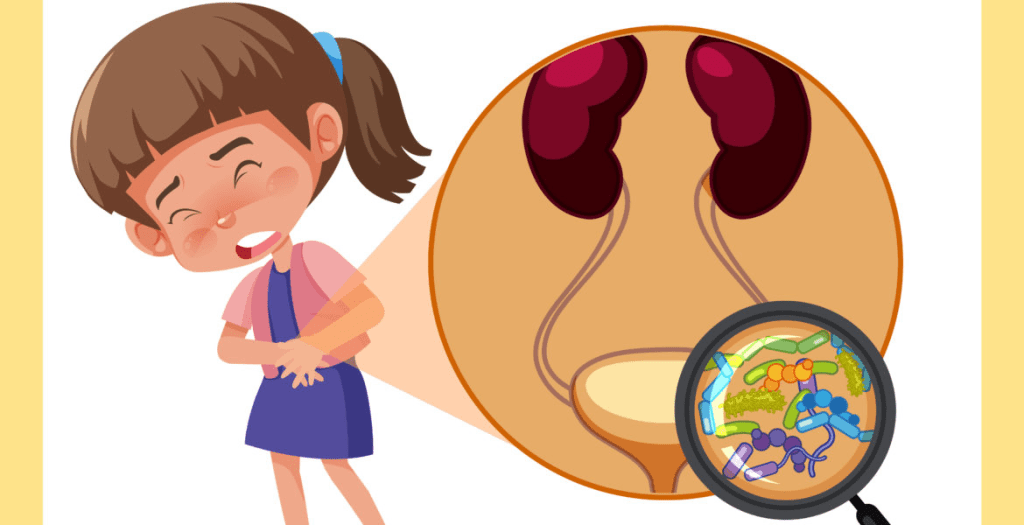Staghorn kidney stones are a serious type of kidney stone that can grow large enough to occupy a significant portion of the kidney. These stones, which get their name from their shape, resembling a deer’s antlers, are not only uncomfortable but can also lead to serious health complications if not treated. Understanding what causes staghorn kidney stones, their symptoms, and the available treatment options can help you take steps to manage and prevent them.

What Are Staghorn Kidney Stones?
Staghorn kidney stones are a type of large kidney stone that forms a branched structure and can fill the renal pelvis and calyces of the kidney. Unlike smaller stones that might pass through the urinary tract on their own, staghorn stones can grow to a considerable size and often require medical intervention to remove.
These stones are usually associated with recurring urinary tract infections (UTIs) and are primarily made up of struvite—a mineral composed of magnesium, ammonium, and phosphate. Struvite stones, also known as “infection stones,” can develop rapidly and have the potential to cause long-term kidney damage if left untreated.
Types of Kidney Stones
There are four primary types of kidney stones, each with unique causes:
- Calcium Oxalate Stones: The most common type, often forming when calcium combines with oxalate in the urine. Excessive oxalate levels can bind with calcium to form stones, leading to kidney damage.
- Uric Acid Stones: Caused by high levels of uric acid in the blood, often due to the overconsumption of purine-rich foods. Uric acid can crystallize in the kidneys and form stones, sometimes resulting in gout.
- Struvite Stones: Formed from infections, these stones grow rapidly and can occupy a large portion of the kidney, leading to staghorn formation.
- Cystine Stones: Caused by a genetic disorder that results in too much cystine in the urine. These stones can be particularly stubborn, as they often recur throughout a person’s life.
Symptoms of Staghorn Kidney Stones
Recognizing the symptoms of staghorn kidney stones is crucial for early diagnosis and treatment. Common symptoms include:
- Severe Pain: Pain in the side, lower back, or groin area is one of the primary symptoms. The pain is often intense and can fluctuate in severity.
- Blood in Urine (Hematuria): Visible blood in the urine is a common sign, often appearing pink, red, or brown.
- Fever and Chills: These symptoms may indicate an infection related to the stone. If you experience these along with other symptoms, seek medical attention promptly.
- Frequent Urinary Tract Infections: Recurring UTIs can be a warning sign, especially if combined with other symptoms of kidney stones.
Causes of Staghorn Kidney Stones
Understanding the root causes of staghorn kidney stones can help in their prevention. Here are some common causes:
Urinary Tract Infections (UTIs)
Frequent UTIs can increase the likelihood of staghorn stones. Urease-producing bacteria in the urinary tract can lead to the formation of struvite stones by breaking down urea into ammonia and increasing urine pH.
Dietary Factors
Diets high in salt, animal protein, and oxalate-rich foods (like spinach, nuts, and chocolate) can contribute to stone formation. The overconsumption of foods rich in calcium or purine can also contribute to certain types of stones, particularly in those who are already prone to them.
Genetic Factors

Some individuals are genetically predisposed to kidney stones, particularly those with conditions like cystinuria, which causes an excess of cystine in the urine.
Dehydration
Inadequate fluid intake can lead to concentrated urine, making it easier for minerals and salts to crystallize and form stones. Staying hydrated is essential for kidney health.
Treatment Options for Staghorn Kidney Stones

Staghorn kidney stones often require specialized treatment due to their size and complexity. Here are some of the primary treatment options:
1. Percutaneous Nephrolithotomy (PCNL)
PCNL is the standard treatment for large staghorn stones. This minimally invasive procedure involves making a small incision in the back and using a tube to access and remove the stone from the kidney. It’s effective for stones larger than 2 centimeters and can usually remove even the largest stones in a single procedure.
2. Extracorporeal Shock Wave Lithotripsy (ESWL)
For smaller stones or as an initial step before PCNL, ESWL may be used. It utilizes high-energy sound waves to break the stones into smaller pieces, allowing them to pass through the urinary tract. However, it’s not generally effective for large or complex stones like staghorn stones.
3. Antibiotics
Since staghorn stones are often associated with infections, antibiotics may be prescribed to manage any existing infection. Treating the infection is a vital part of the process to ensure no further stones develop.
4. Ureteroscopy
In some cases, a small scope is inserted through the urinary tract to locate and remove the stone. This procedure is generally reserved for smaller stones but can be effective when combined with laser technology to break down larger stones.
Preventative Measures to Avoid Recurrence

Preventing staghorn kidney stones involves lifestyle changes and dietary adjustments. Here are some effective ways to lower your risk:
- Increase Fluid Intake: Aim to drink 2.5 to 3 liters of water daily to dilute urine and prevent stone formation.
- Reduce Sodium and Animal Protein: A diet high in salt and animal protein can contribute to kidney stones. Limiting these in your diet can lower your risk.
- Manage Calcium and Oxalate Intake: Moderation is key. Avoid excessive calcium and oxalate-rich foods like spinach, nuts, and chocolate. However, don’t eliminate calcium entirely, as it’s essential for overall health.
- Limit Vitamin C Supplements: High doses of vitamin C can convert into oxalate, potentially contributing to stone formation. It’s recommended to keep vitamin C intake below 1,000 mg per day.
- Consider Omega-3 Supplements: Some studies suggest that fish oil supplements may help reduce the excretion of calcium in the urine, potentially lowering the risk of stone formation.
The Importance of Early Detection and Treatment

Staghorn kidney stones can lead to serious complications, including kidney damage, infections, and in severe cases, kidney failure. Early detection and prompt treatment are essential to prevent these outcomes. If you experience symptoms of kidney stones, consult a healthcare provider to discuss your symptoms and potential treatment options.
Conclusion: Taking Control of Kidney Health
Staghorn kidney stones may be complex, but with the right knowledge and approach, they can be managed effectively. Understanding the symptoms, causes, and available treatments empowers you to take control of your kidney health. Making lifestyle changes, staying hydrated, and following a balanced diet are proactive steps that can help you reduce the risk of developing kidney stones. And if you ever experience symptoms, remember that early intervention is key to avoiding complications and maintaining overall kidney health.


